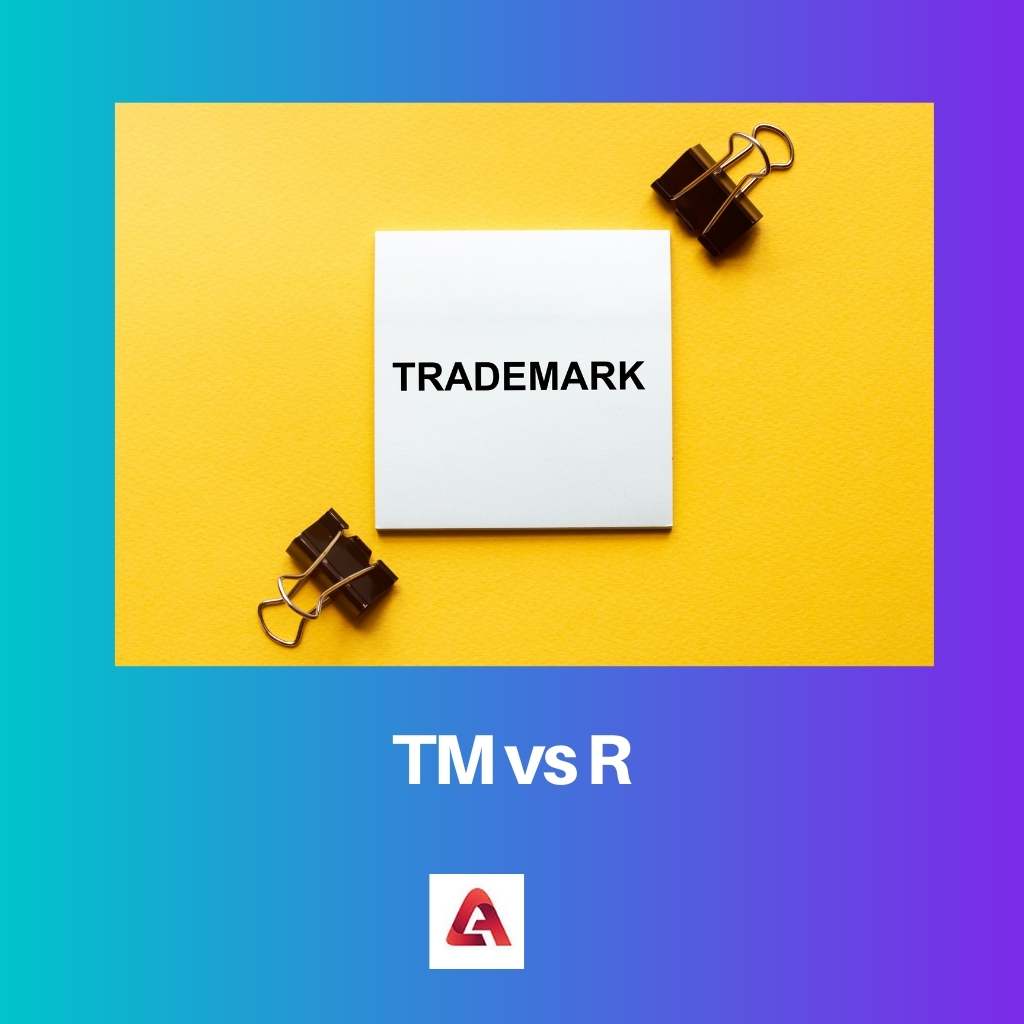Common questions include whether one may use a certain mark and whether one needs to submit an application to acquire a trademark. One source of misunderstanding is the TM and R characters, what they symbolize, and why and when one should employ them.
Key Takeaways
- The trademark symbol (™) indicates that a brand, logo, or product name is claimed as a trademark. Still, it may not be registered with the United States Patent and Trademark Office (USPTO). At the same time, the registered trademark symbol (®) signifies that the mark has been officially registered with the USPTO.
- Using the ™ symbol can provide some legal protection against infringement, but the ® symbol offers more robust protection, including the ability to sue for damages and enforce rights in federal court.
- To use the “®” symbol, a trademark must first be registered with the USPTO. This process involves a comprehensive search, application, and review to ensure the mark’s uniqueness and eligibility for registration.
TM vs R
TM (Text Mining) is a package in the R programming language that provides a suite of text mining and natural language processing tools. R is a general-purpose programming language that is widely used for statistical computing and data analysis. TM is a package in the R programming language.

TM is an abbreviated form for a trademark that businesses frequently utilize on a brand, name, term, phrase, or layout that characterizes the company. The emblem can be used on any mark that one’s firm employs without registering it.
R symbols symbolize people and corporations with a comprehensive legal binding on the business, including its name and other elements that the owners solely own. To obtain an R sign, one must register under the Trademarks Act.
Comparison Table
| Parameters of Comparison | TM | R |
|---|---|---|
| Full form | Trademark | Registered trademark |
| Utilization | Used to market things after they have filed for trademark registration. | Denotes that the brand is registered and legally protected. |
| Legal Aspects Involved | It has no legal bearing or backing | Protected under the law and punishable if copied |
| The goal of branding | To identify the distinctive industries, associations, or user’s brand | To market your service or product and use your copyrights to build great brand equity. |
| Allowed period to use the symbol | One may use this sign after filing a trademark application | One may use this sign if the trademark is registered. |
What is TM?
A trademark is a term, logo, or symbol that differentiates one brand or product from another. It could also be used to indicate anything that is unique to a person or item in a more metaphorical sense, such as “the musician’s trademark beat.”
That small floating emblem may be found almost anywhere, from grocery store aisles to TV episodes to humorous Instagram posts. In business, it’s used to convey that the individual who created and is promoting a product or good believes it’s unique from others.
The use of the trademark superscript might indicate that the claiming business is in the process of applying for a legally registered trademark (more on that in a bit).
It might also imply that the individual using it believes the unregistered goods are one-of-a-kind. Even items that have been denied government registration as a registered trademark may continue to utilize the TM sign.
What is R?
The R symbol on a product indicates that it is a registered trademark, which implies that the brand name or logo is constitutionally protected by (officially registered with), whereas plain old TM emblems have no legal support.
It is only available to those who have formally registered and been accepted. Furthermore, a strong registered brand may serve as a bridge between the customer and the product by assuring long-term loyalty and affiliation with the firm.
Before seeking to register a trademark, a company or individual should do a search on the intellectual property website from various directions for possible combinations of comparable marks.
If comparable marks are discovered, they must examine the description to see if the mark represents the same set of products or services they have suggested. Otherwise, duplicating a registered trademarked name may result in trademark infringement proceedings.
Most word processors merely ask you to type (R) to type the sign, and the application will turn it to ® automatically.

Main Differences Between TM and R
- While waiting for the operation to complete, the TM symbol is commonly used to identify the distinctive industries, associations, or users’ brands. Using the R symbol to market your service or product might give you the confidence to use your copyrights to build great brand equity.
- The client can begin utilising the TM sign after filing a trademark application with the Trademark office. Meanwhile, an applicant may use the R sign if the trademark is registered.

- https://journals.sagepub.com/doi/abs/10.1177/002224298605000106
- https://journals.sagepub.com/doi/abs/10.1177/002224299105500305

The comparison table is a useful tool to understand the legal aspects involved with TM and R.
The article provides a clear explanation of the legal differences between TM and R symbols.
The explanation about what is TM and R is really informative and clear, it dismisses any confusion about their usage.
The example given for the use of the trademark superscript really adds to the comprehensiveness of the article.
The article’s content is very useful for anyone who wants to understand trademarks and their symbols better.
It is important to understand these details when using these symbols to protect a brand.
The references provided give validity and credibility to the information shared in the post.
The detailed comparison table really highlights the distinctions between TM and R, making it easier to decide which one to use.
This detailed explanation makes it easier to understand the differences between the TM and R symbols. It’s really helpful content.
This is an educational read for anyone looking to learn more about trademarks and their usage.
The author has done a wonderful job clarifying the use of TM and R symbols. It’s important to note that the R is only available to those who have formally registered and been accepted.
The information provided about the legal aspects involved with TM and R really clarifies any doubts about their meaning and use.
I think it provides the necessary information for those interested in understanding trademark symbols.
I completely agree, the explanation is very thorough and useful.
This article does an excellent job summarizing the differences between the TM and R.
The detailed explanations on the meaning of TM and R are really helpful, especially for those who are new to trademarks.